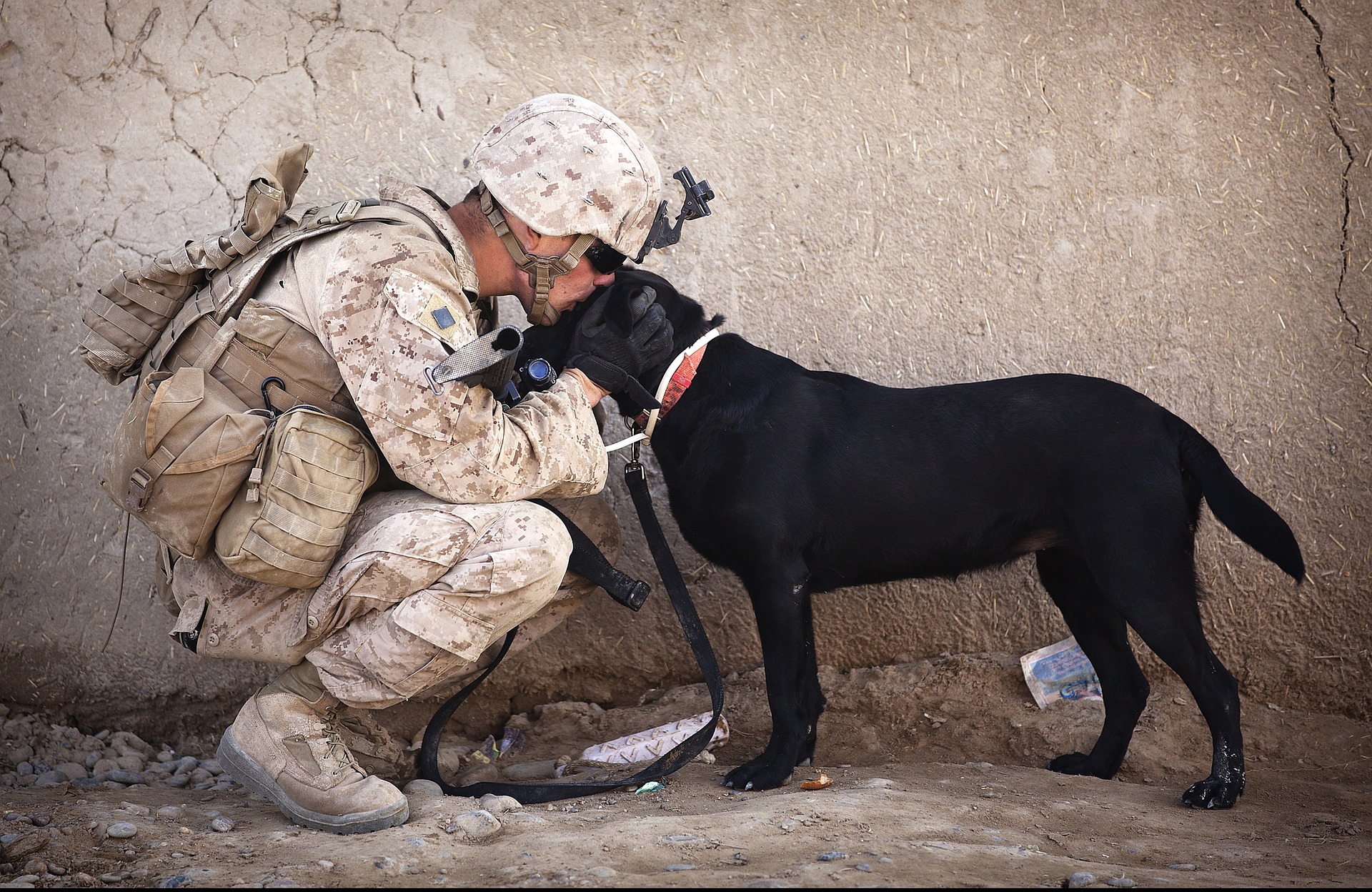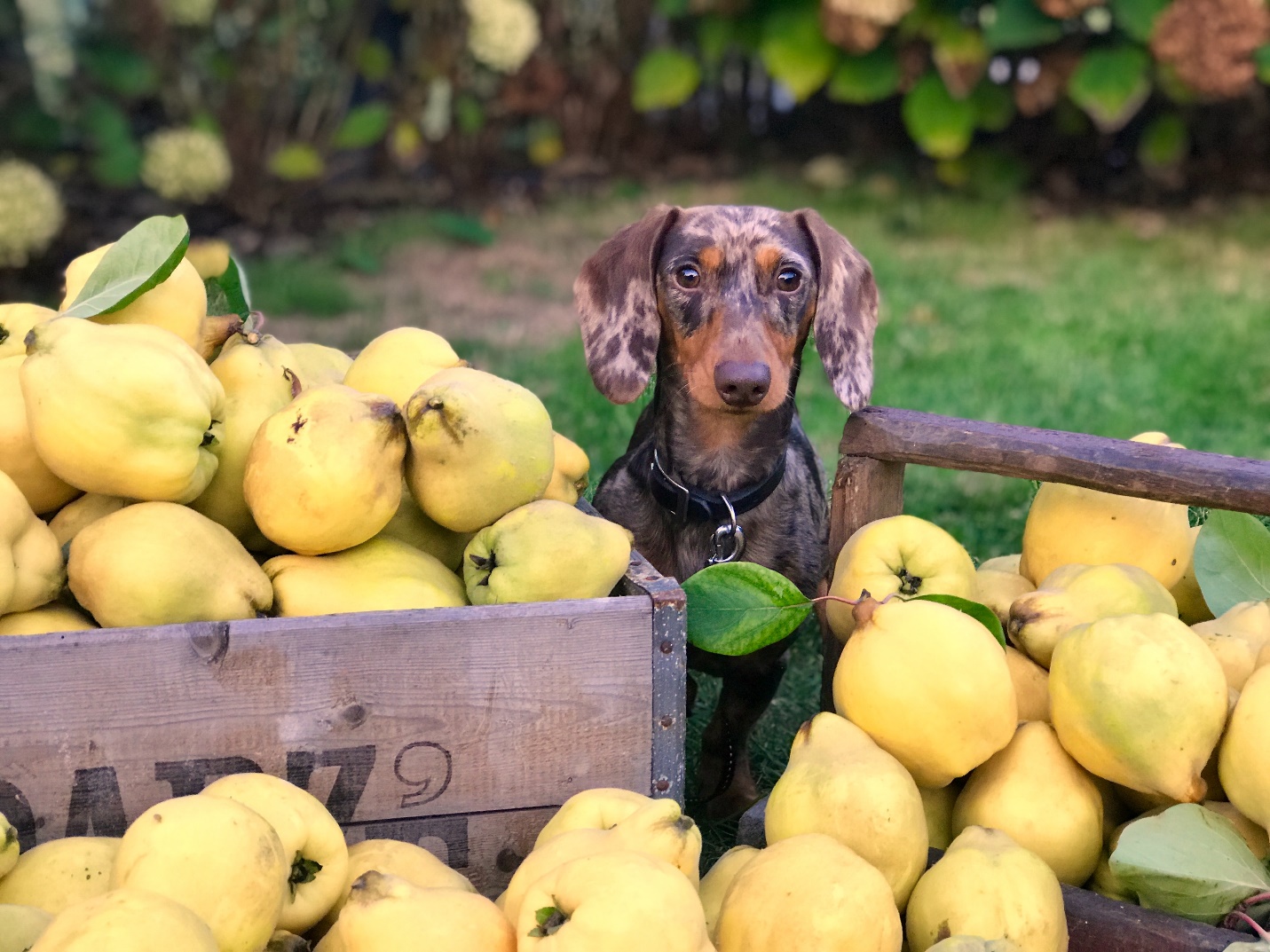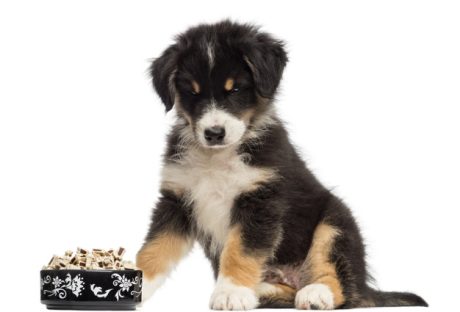Defence dogs have special features that make them suitable for this purpose. Before the dog is admitted to defence training, he has to complete a course for a 1st degree companion dog. This gives confidence to the trainer that the dog understands the basic commands such as summoning, fetching, “sit”, “go”, and walking on a loose leash or even without a leash. In addition, defence dogs should be very disciplined. The first step is, of course, to choose the right breed. The breed that has an internal defense reflex which tells them when their owner is in an emergency situation. The most popular dog breeds for defence include: Amstaff, Bullmastiff, Bulterier, Doberman, Boxer, German Dog, French Shepherd, and Caucasian Shepherd. Choosing a particular puppy can’t be a matter of chance. The animal should come from a registered kennel and preferably have a pedigree. The problem with these breeds is that they are prone to aggression, so it’s important to bring up such a dog using appropriate forms of training. A well promising defence dog shouldn’t show too much aggression. The training requires a lot of patience and commitment of the caregiver and starts only when the dog is taught obedience, walking by the owner’s leg and self-control. The trainer takes part in the training together with is assistant. The dog is taught to attack when it hears the command “take”. He cannot attack the assistant even if it’s against the owner’s will. The only exception to this rule is the situation of a direct danger, for example when the assistant attacks the trainer, then the dog should throw itself at him. However when the assistant takes a defensive stance, the dog cannot attack him, but it has to guard him. Unfortunately, due to the natural aggression of these breeds, it’s sometimes really difficult to control them in such situations. Nevertheless, the defensive dog should stay loyal to his master, have sympathy, fidelity, and trust. The dog’s behavior cannot be unpredictable, and that’s why dogs with a pedigree are chosen for this job because we can be sure that the animal will meet these criteria. Hidden aggression can never be directed towards the master. In addition, the dog must observe the surroundings and know for himself when the master is in an emergency situation and needs help. In addition, the external appearance of the dog, which is often able to scare the attacker just with its silhouette, shouldn’t be insignificant. Unfortunately, the dogs performing such a role are often poisoned, so well-trained dogs should only eat food given to them by their master.
For defence training, apart from the dog, we need an assistant. He should be dressed in a special suit or hand guard. The purpose of the first stage of training is to irritate the dog to the point when he can learn the skill of grabbing a sleeve or a teether. The success of this exercise depends on the behaviour of the master, who must hold the dog on a short leash and encourage it to attack. He can do it by running, shouting, or waving a baton. Meanwhile, the assistant tries to provoke the dog to attack him. At this stage of learning, we do not use coercion. If the dog behaves correctly, the master praises him, which encourages the dog to continue the exercises. If the dog succeeds the master should reward him for that immediately. After a few lessons the trainer is able to control the dogs aggressive behaviour. For example, he can successfully command the dog to stop attacking the target. When the dog has mastered the “take” and “let go” commands, the trainer can move on to more advanced exercises.
How to train defence dogs?
– A dog that goes by the foot of his master has no right to pull itself forward, bark or behave aggressively. Training a dog requires a lot of patience and determination.
– During the training, the trainer cooperates with the assistant. If he tries to run from the dog and the trainer does not give a direct order to attack, the dog cannot pull himself out and throw behind him in pursuit.
– The dog cannot attack the assistant when we show a defensive attitude. When the aggressor is still, the dog will proceed to guard him until the master arrives.
How to stop the dog from attacking someone:
In the case of training a dog with an innate tendency to aggression, surprises can happen. The most important thing is to know what your dog can do. Stopping such a trained dog from attacking someone randomly on the street is really difficult and often ends in the death of the dog. When it happens, you shouldn’t try to kick the dog with your legs, because it will only enrage it more. That’s why the owner should learn how a stun gun works. It’s the best way to effectively stop the dog from attacking someone with the smallest chance to kill it.
Characteristics of a good defence dog:
When we buy a pedigree puppy from a proven breeding, we can be sure that it has an innate tendency to perform the function of a defensive dog.
We should anticipate the behavior of the dog by which we must be sure that the dog will not hurt us. How to take part in defence training if we can’t judge whether the dog will not direct the aggression towards us?
We have to teach obedience to the dog. The biggest difficulty is to learn how to walk by the leg and stay on a loose leash.
The defence dog must be vigilant and it should inform us about the dangers ahead. Even when the aggressor is still, the animal cannot stop watching him.
Perseverance in battle and stubbornness are the hallmarks of defence dogs.
A defensive dog cannot be bribed. The
attraction with treats and distraction are common methods used by aggressors.
How much does a defence dog training cost?
Dog training takes place at the time set by the training centre and usually lasts for about 40 hours. The price of the courses varies between 500-1000 Euros.
Read Also:






















